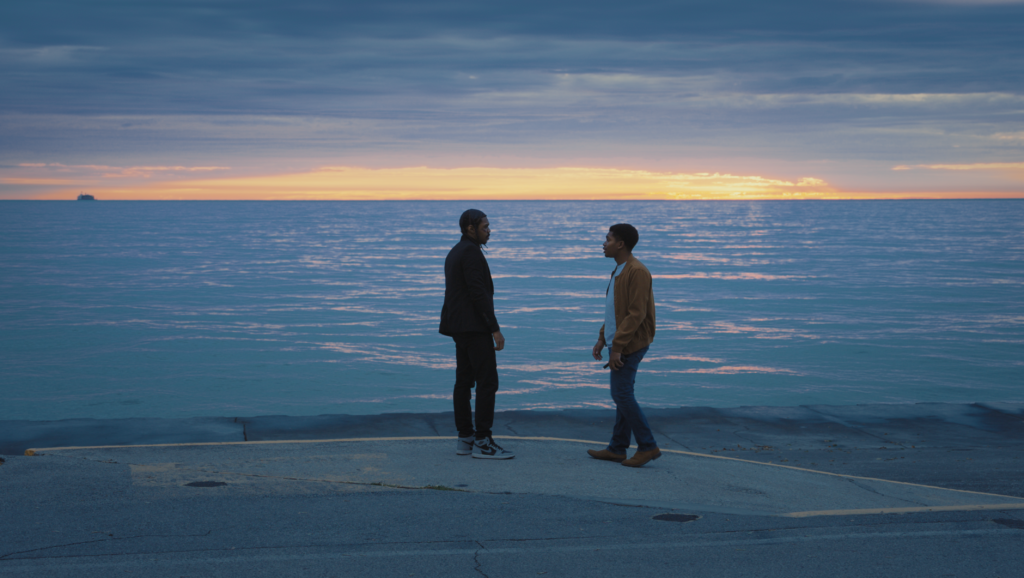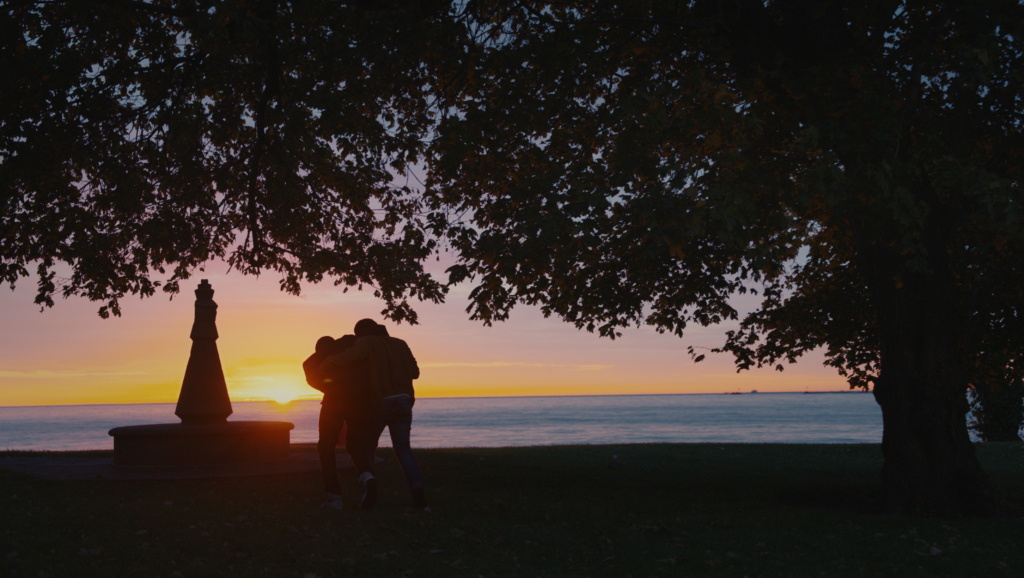Introduction
The world of video production and filmmaking have been on a merging path in recent years. The videographer today is looking to produce images on the level of that produced by Hollywood filmmakers and their feature films. In the dynamic world of video production, the quest for the highest quality and most flexible footage has led to the widespread adoption of RAW recording. RAW, an acronym for “raw image format,” is a file format that captures all of the data from a camera’s sensor without any in-camera processing. This method of recording provides a videographer as well as filmmakers with unparalleled control over their footage during post-production, offering a myriad of possibilities for color grading, exposure adjustments, and overall image refinement. Today, RAW recording format is the game changer that gives a videographer with a small mirrorless camera and an external recorder the leverage a hollywood filmmaker once enjoyed.
Understanding RAW Video
RAW video differs from compressed formats. Most web based video formats, such as H.264 or H.265, are essentially data-reduced files that are more manageable for playback on the internet. Even expensive video cameras compress footage somewhat when recording internally so the content can fit on media like an SD card. In contrast, RAW preserves all the original data captured by the camera sensor, storing it in a minimally processed state. This “raw” data often includes much more color, brightness, and contrast information with much greater precision than compressed formats.
Advantages of RAW Recording
Enhanced Color Grading:
One of the primary advantages of RAW recording is the ability to perform extensive color grading in post-production. RAW footage contains a wealth of color information, allowing filmmakers to manipulate color temperature, saturation, and hues with greater flexibility. This results in more vibrant and nuanced visuals. In addition, it allows the videographer to customize the color to achieve a desired mood or effect. Below is an example of a still extracted from video shot in RAW format and color graded to create a cinematic mood.

RAW formats preserve color and exposure information to produce these types of vibrant and often challanging images.
Increased Dynamic Range
RAW recording retains a higher dynamic range compared to compressed formats. This means that details in both shadow and highlight areas are better preserved, providing cinematographers with more latitude to recover information in overexposed or underexposed scenes. The dynamic range also provides for better gray scales so images most often look more realistic. For example skin tones transition from light to dark or sky gradients can be difficult to expose for. Having wide dynamic range allows videographer capture the gradient and produce a realistic image. Below is an example of a shot with a sunrise which would be impossible to shoot without the high dynamic range achieved in RAW recording.

Sunrises are usually difficult to exposes, but RAW format has the information to generate accurate gradients.
Flexible Exposure Adjustments
RAW files allow for non-destructive exposure adjustments, enabling filmmakers to correct or enhance exposure levels without degrading image quality. This flexibility is particularly beneficial in challenging lighting conditions where precise control over exposure is crucial. Often a videographer has to compromise what to expose for. Once again, sunrises are a good example. With RAW format there is often enough exposure information where this compromise can be avoided and the shot can be adjusted to achieve a desirable image.


Flexible adjustments allow a videogrpaher to shape the image
Sharper Detail and Resolution
AW files often maintain higher levels of detail and resolution compared to compressed formats. This is essential for productions that require extensive post-production work, such as visual effects or high-end finishing.
Challenges of RAW Recording
File Size
RAW files are substantially larger than compressed formats, requiring more storage space. This can pose logistical challenges during production and post-production, necessitating ample storage capacity.
Processing Power
Editing and processing RAW footage demands powerful hardware. Video editing software and systems need to be robust enough to handle the significant data load associated with RAW files.
Time commitment:
To set up a RAW format in video production services, many variables have to be addressed in camera and external recorders. Hence this format is not a good option when filming events where flexibility and mobility are more crucial. Moreover, working with RAW footage requires a certain level of expertise in color grading and post-production workflows. Additionally, each clip in the sequence needs some level of adjusting, since raw format that is not adjusted is pretty flat. Hence, post production on RAW format requires significantly more time.
Conclusion
RAW format is not a good option for every corporate video production. Some projects still benefit from standard format which still can produce great video production. However, today RAW recording stands as a powerful tool for filmmakers and videographers seeking uncompromising control over their visuals. The benefits of enhanced color grading, increased dynamic range, and flexible exposure adjustments make RAW a valuable choice for those prioritizing image quality and creative freedom. While it presents challenges in terms of file size, processing power, and a time commitment, the advantages it offers can significantly elevate the quality and impact of the final product.
